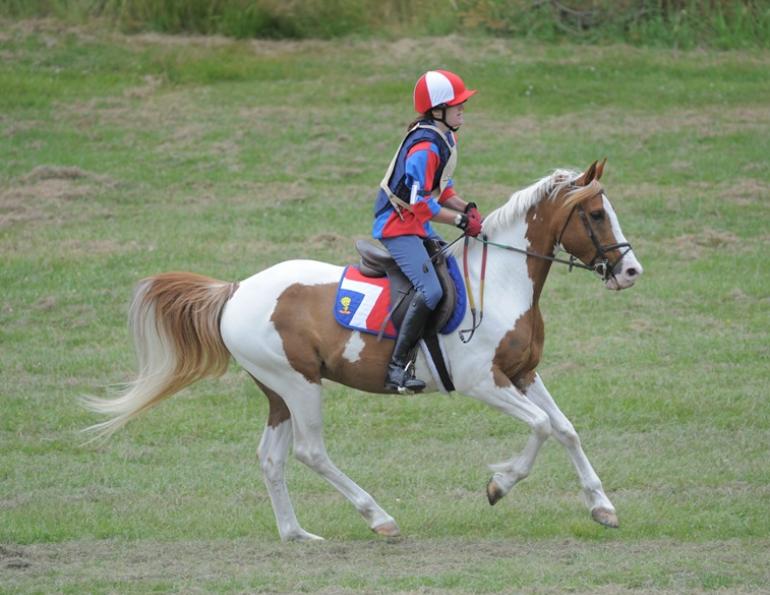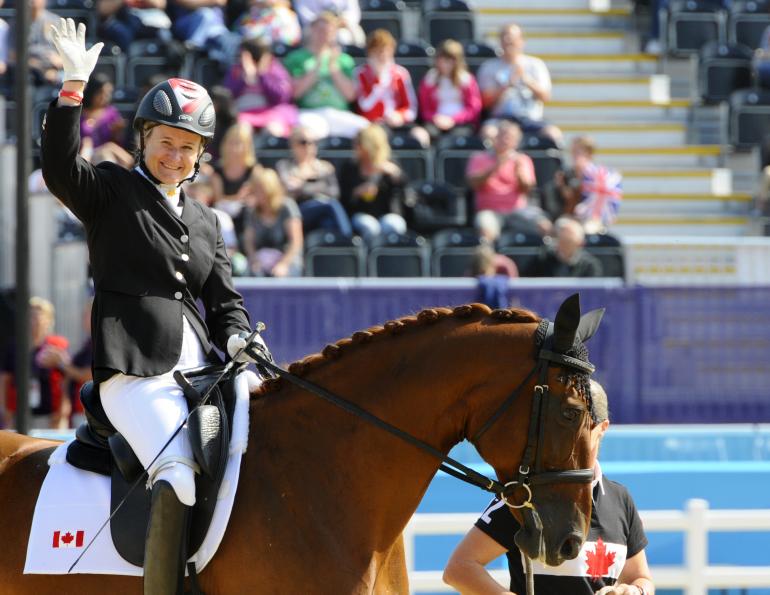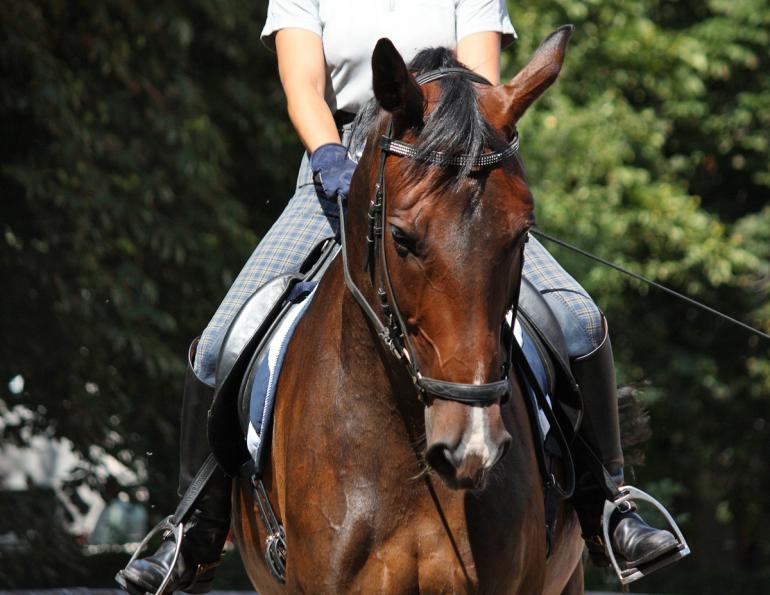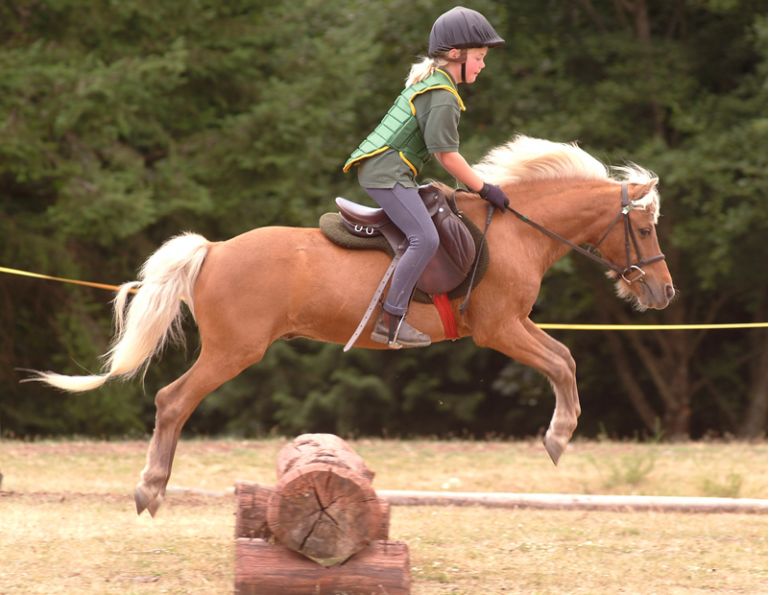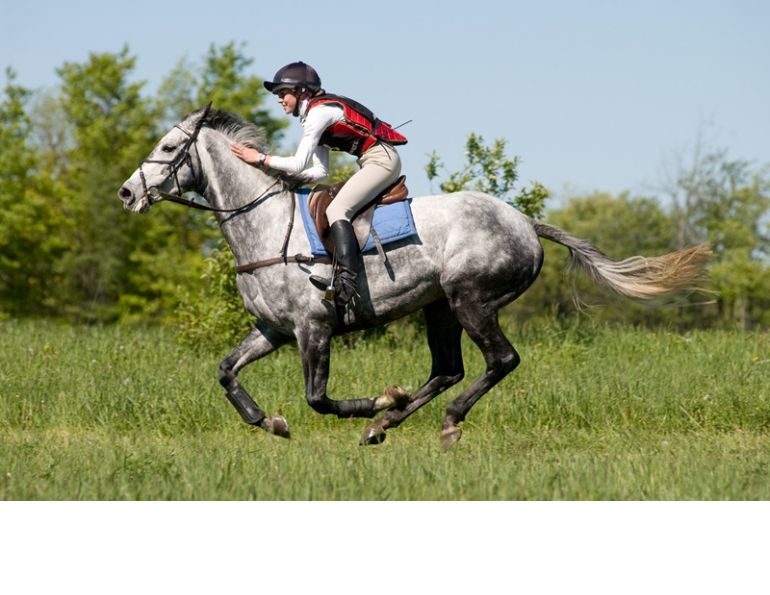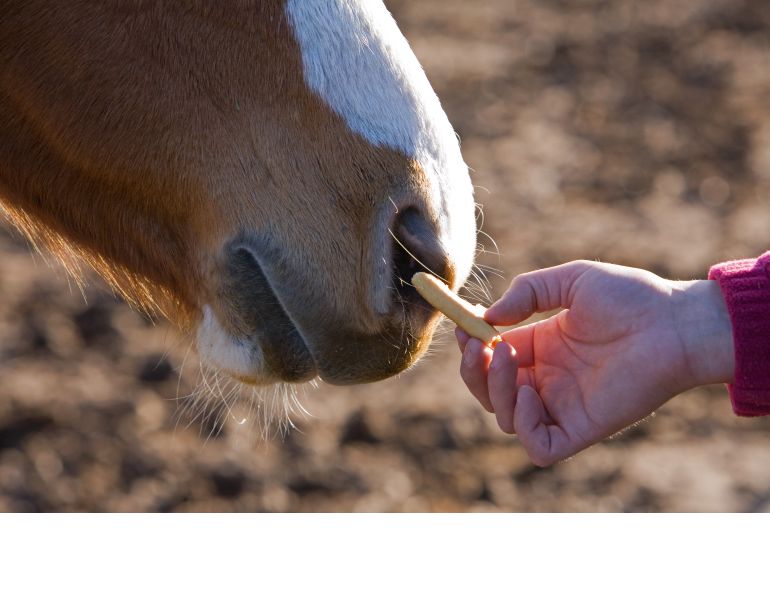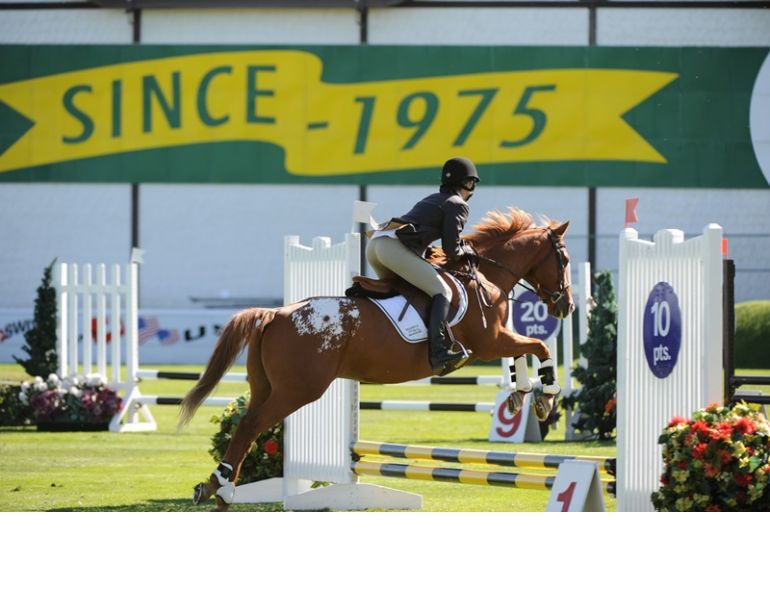By Heather Sansom
There’s something about kids and ponies that just goes together. Riding can be a fantastic growth opportunity for children. Like any other sport, riding provides ample circumstances for children to learn great life skills like good sportsmanship, responsibility, commitment, and active lifestyle habits. Being in a relationship with another living creature and accomplishing tasks together adds further benefits.
While your child is out there having fun, staying active, and learning to negotiate with and be responsible for another living being, you want her to be safe. An accident can spoil the fun very quickly.
Whether your child is involved in competitive sport, has fun on your backyard horse, or only goes on occasional rides, you may have wondered how to encourage her to develop the physical skills she needs when she can’t be at the barn. If your child is involved in other sports at school, she may very well be getting some good cross-training from those activities. Other sport coaches may have her doing some training as well. All of these activities will help your child develop physical strength and stamina, good posture, good cardiovascular ability, and good active habits for later in life.
It is very important for children to be as active as possible and to try out a wide variety of activities. If your child is just horse crazy and wants nothing to do with other activities, she is at risk of under-developing the skills that will help her with her riding well into her riding life.
Under-development in things like muscle tone and kinesthetic awareness (a sense of where your body is in space and how it should move) will end up affecting her riding ability. A young rider who is not competitive should still develop as well as she can so that she does not create ingrained, unproductive riding and postural habits. Such habits will eventually cause strain or cause her to lose balance while riding and place her at greater risk for injury.
With the sedentary lifestyle we have created, children who are only interested in activity when they are actually in the saddle will miss out on important windows of opportunity in their growth phase to lay a foundation for later in life.
You do not need to sign your child up for three nights a week of other sports in addition to riding. However, you can help her general health and wellbeing by using riding as an avenue for improving transferrable physical skills. Building as wide a physical vocabulary as possible creates a broad range of “motion possibilities” in the body. Just think of how difficult it is for a middle-aged adult to catch on to a new sport activity. Part of that difficulty is related to things like muscle tone and skill, and part of it is related to diminished neuro-muscular connections.
Since riding a horse moves the body on several planes, better riders have a wide movement vocabulary. They can operate in a wide range of unbalancing situations and have an accurate reaction because they have a good sense of where their body parts are both within themselves and in relation to external objects such as obstacles, trees, or the horse.
Variety is the key. Transferrable skills that directly help your child have better balance and control in the saddle include:
- Flexibility
- Balance
- Ability to do multiple things at once
- Strength for carrying her own bodyweight
- Core engagement and strength
- Cardiovascular ability
You can help your child fit up for riding by putting together a well-rounded weekly plan that incorporates activities that touch on each of these areas. While the main idea is to get your child to learn motions different from riding, you can also use some exercises to help work on riding-specific problems and issues when she can’t actually be on a horse. I frequently use a fitness ball as a “horse” when working on learning how to hold and use the body more effectively while in riding position, without actually having to be on a real horse.
Children can build strength and stamina safely with bodyweight exercises or exercises using resistance tubing. Resistance tubing or bands are frequently used in cross-training programs in dance and skating for children. Bodyweight exercises are a basis for gymnastics, skating, and hockey.
Exercises for kids should be kept fun and fairly light. Keeping active on a daily basis and creating healthy habits are more important for younger children than the actual workout. The earlier in life children can be encouraged to try new things, the better. When training children, it’s important to encourage the process of exploration and discovery, and to celebrate achievement. Many of the kids I have worked with are very serious little athletes who sometimes need to be reminded to have fun and give something a try without worrying about being perfect.
Unlike training for adults, children should not work to a point where they are stiff and sore the next day. Children should not do a lot of repetitions of exercises at one time. A good idea might be to set up a little circuit in your basement or other open area. Use pictures of your child doing an exercise as visual cues for what exercise happens at each point in the circuit. It’s even better if you can also do the exercises with her. If you are not a rider, you can have fun letting her correct your riding position if you are using a riding-specific exercise.
Good habits such as light stretching before and after riding will really help your child focus and prepare her body to follow the motion of the horse. Improving balance on the ground will improve balance in the saddle. A little rider with good cardiovascular conditioning will have more stamina and be able to control her body better because she will be getting more oxygen to her muscles. Cardio for kids can be anything, as long as it’s fun and not repetitive: playing soccer in the yard with you, going biking or swimming, or any activity that’s fun and gets the heart rate up for a few minutes a day.
Sample Exercise Routine for Kids
Here, ten-year-old Allison, demonstrates some exercises in her program. She rides hunt seat. After coming off over a jump, she has been working on getting better balance and more control of her seat and legs so that she can apply clearer aids and control both the pony and her own body. The exercises she is doing would be suitable for any age, in any discipline. However, they are selected specifically to help her with balance, co-ordination, and strength.
Exercise #1
Rowing with Tubing
Standing on a balance object makes this exercise a little bit harder by challenging the child to keep her weight even in both feet while double-tasking. Balancing with the lower body while building back strength and maintaining good riding posture with the upper body challenges neuro-muscular pathways and helps prepare the child to maintain posture while focusing on a jump course.
Exercise #2
Straddling the Ball
Here Allison is practicing turning the “horse” with her knees and torso, rather than simply pulling with a rein. As she turns her belly-button and shoulders in the direction she wishes the horse to go, she maintains solid posture in her mid-section, engaging her abdominals. She is able to maintain control of the ball because she maintains control of her pelvis. Straddling the ball is a good way to practice turning and even posting or jumping while building up inner thigh and core strength.
Exercise #3
Balance Objects
Balancing exercises are good anytime, anywhere. You can use pods, cushions, more expensive balance tools, or make a game out of finding ways to practice balance with simple items like tennis balls and pool noodles.
Exercise #4
Pushups with Feet on the Ball
Practicing holding the pushup or “plank” position, or actually doing pushups with feet on the ball is a great way to build shoulder and core strength while working on balance and hip control. The fitness ball is the right size for your child if she can sit on it with close to a 90 degree bend in her knees.
Exercise #5
Standing Leg Extension
Another great way to work on balance is to do different movements with limbs and torso while standing on one leg. In this movement, Allison is working on quadriceps strength while challenging herself to maintain balance on one leg. She is also working on the torso strength needed for good riding posture by leaning slightly forward and resisting the body’s natural tendency to lean back while lifting a leg forward.
Wide Leg Toe Touch
Exercise #6
Wide Leg Toe Touch and Calf Stretch on Stair
Tightness in the hamstring and calf areas compromises leg and heel position. This stretch and the one following are easy for children but are also great for any rider.
The wide leg toe touch stretches the hamstrings and lower back. It’s important not to slouch your back so that your seat bones lift, stretching your hamstrings.
For the calf stretch, place the ball of one foot on the edge of a stair and hang the heel from the stair. Keep your weight on the foot that is planted flat on the stair.
Exercise #7
One Leg Balance
This is a simple balance exercise. Standing on one leg with knee slightly bent, lift the other knee up while keeping good upper body posture. If you waiver around, don’t lift the knee as high until you are ready. If it is easy, add an element of difficulty by shifting the position of your raised leg while it is in the air. Keeping a soft bend in the standing knee with tailbone tucked slightly under and good alignment in the torso is the goal.
All photos courtesy of Heather Sansom unless otherwise specified.
Main photo: Horseback riding has many benefits for children, but should not be the child’s only source of activity. Simple exercises help kids improve their riding and promote an active lifestyle while they learn new things and gain balance, flexibility, strength, and kinaesthetic awareness. Credit: Robin Duncan Photography



